Venice, CA — L.A. Louver is pleased to present an exhibition of prints by Los Angeles artist Alison Saar. For the past 30 years, Saar has maintained a robust printmaking practice, creating more than 90 prints over the course of her career. Addressing issues of race, gender and spirituality, Saar’s lithographs, etchings and woodblock prints are evocations of her sculptures, powerful depictions of figures carved from wood or cast in bronze, that are articulated with found objects – material artifacts enriched with a narrative all their own. As such, a focused selection of sculptures will be installed in dialogue with Saar’s prints, in L.A. Louver’s second floor gallery and open-air Skyroom. As an activity maintained in connection to and in tandem with her sculpture making, Saar undertakes printmaking with the same tangible approach to unconventional materials and methods. Cast-off objects like old chair backs and found ceiling tin become the foundations for etching or lithography plates. Carved panels used for woodblock prints echo the techniques established in her hewn wooden forms. A direct comparison between Saar’s sculptures and prints can be seen in the juxtaposition of White Guise Print (2018-19), a woodblock print of a woman holding an iron dripping with blood, and Sugar (2018), a sculpture of a young girl clasping a machete, her figure carved from wood and surfaced with reclaimed ceiling tin. Both are similarly expressed with the same forward stance, simple dress and cotton branches tethered to their hair. But more than subject matter, they possess a corporeal presence, embodied through an assertive use of materials and a continuity of mark-making across mediums. Saar created these as part of a series inspired by the character of Topsy from Harriet Beecher Stowe’s Uncle Tom’s Cabin. However, in Saar’s revisionist account of the story, the slave girl spurns any attempts at pacification and instead takes up arms using her tools of labor. In addition to printing on paper, Saar repurposes worn fabrics that she has collected over time, embracing tears and stains that point to evidence of use. When conceiving these prints, Saar considers the nature of the cloth to inform the content of the imagery. In Redbone Blues (2017), a striking portrait of a young man is printed directly onto a vintage handkerchief, his likeness an imaginary rendering of the handkerchief ’s original owner. Breach (2017) portrays a nude female figure steering a raft through rising waters, burdened by her belongings. Saar applied the imagery onto fabric sourced from linen seed sacks, a material not unlike the sandbags used to fortify the levees during the Great Mississippi Flood of 1927. This subject was initially realized in a large sculpture that Saar created prior to the print. The translation from a three-dimensional to a flat representation affords Saar FOR IMMEDIATE RELEASE January 2020 Media Contact: Darius Sabbaghzadeh Email: [email protected] White Guise Print, 2018-19, woodcut, relief, shellac-stained paper, handtainted iron, 55 x 27 1/2 in, (139.7 x 69.9 cm) 29 January – 29 February 2020 Reception for the artist: Wednesday, 29 January, 6-8pm the opportunity to further establish surroundings, atmosphere and environs. Saar states, “Making a 2-D work meant I could introduce all these other things that couldn’t be part of a sculpture… Here, I could dictate that context, create a scene, a tableau, a narrative.” For Saar, printmaking has become an integral part of her artistic practice, where she can experiment and collaborate with master printmakers from Tandem Press, Tamarind Institute, Mullowney Printing and others. Moreover, the process offers Saar the ability to holistically contemplate themes addressed in her sculptures and paintings. “Printmaking allows me to step back from the real physical work of sculpting,” says Saar. “I think of making prints as an intermezzo, a time to go back and reflect, and maybe rework ideas. Carving woodblocks can be tiring, but it’s nothing like the chainsaws. Making prints has become a resting period, like a lave tet, or a cleansing of the mind.”
– for more information on additional images from this event please contact EMS at [email protected] or Instagram at @ericminhswenson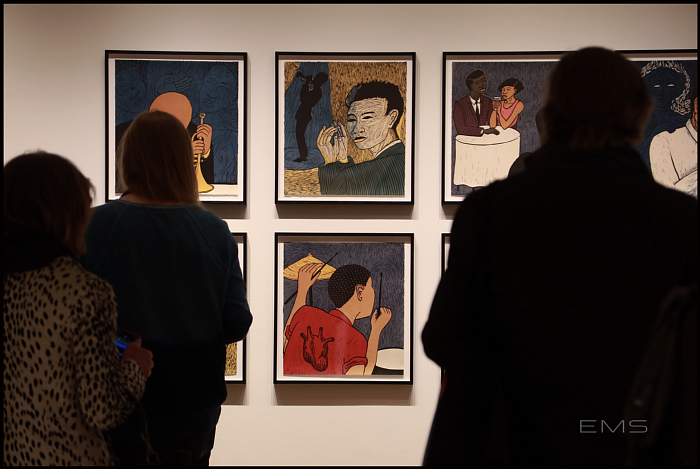
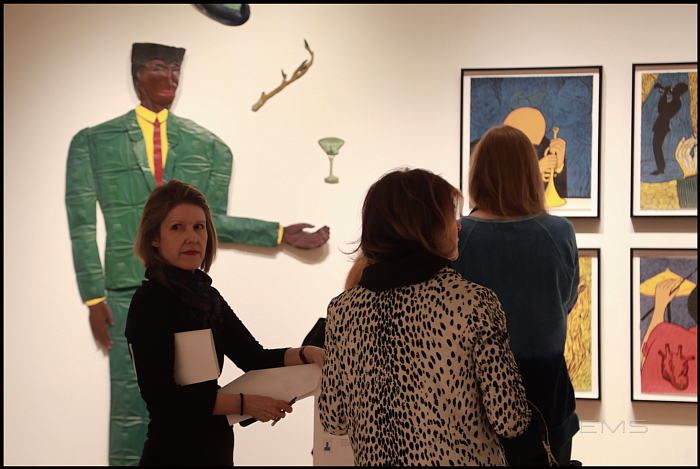
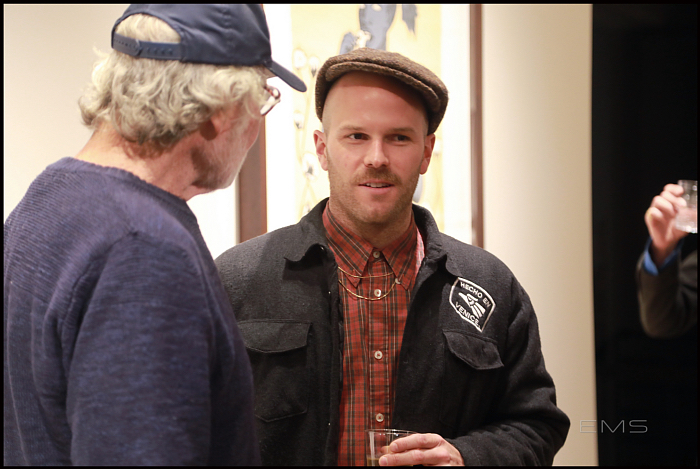
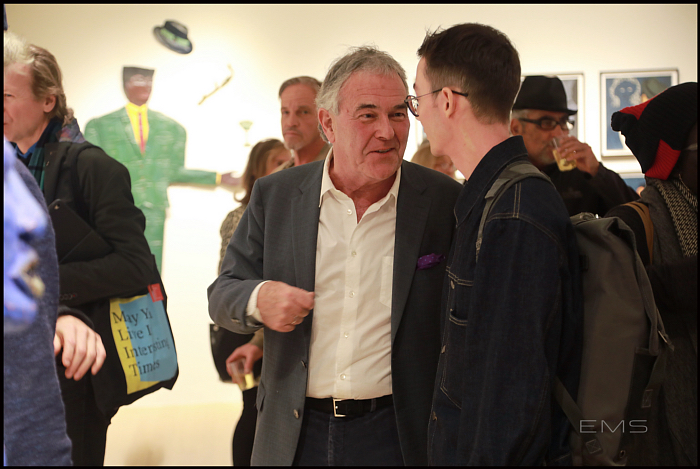
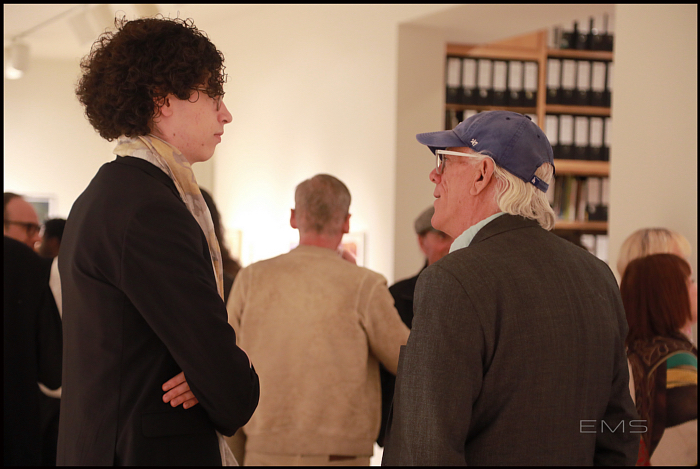
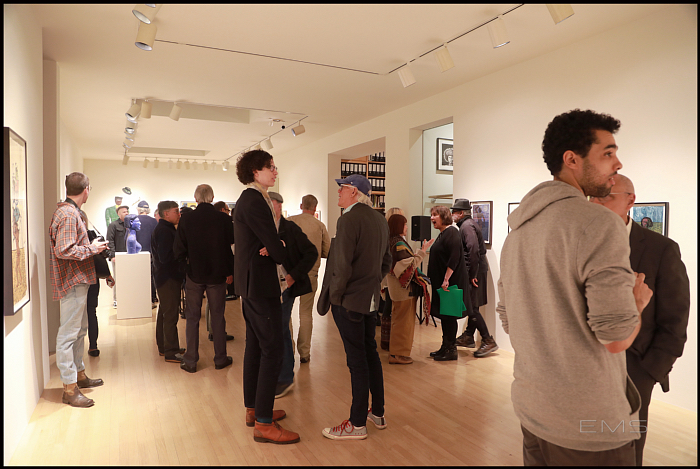

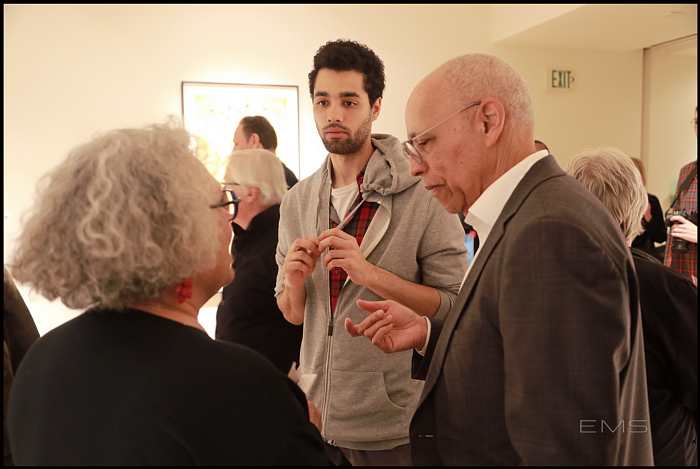
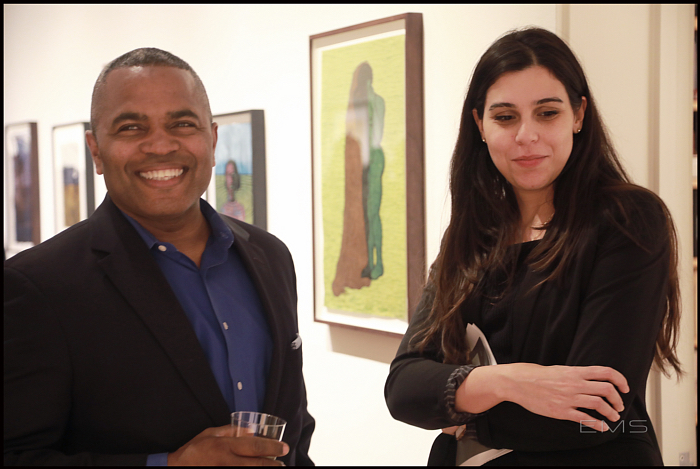

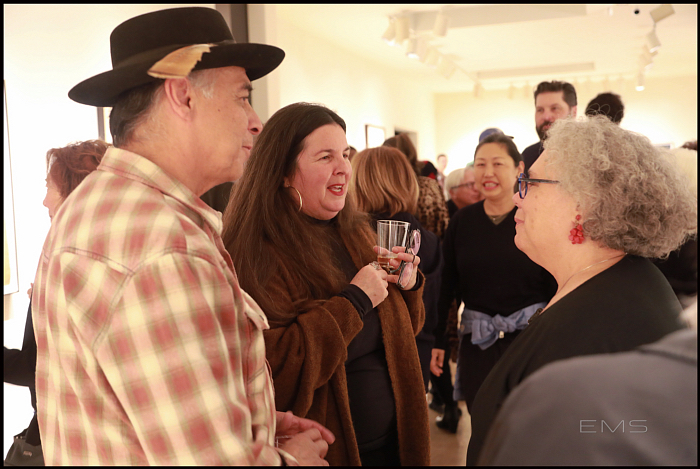


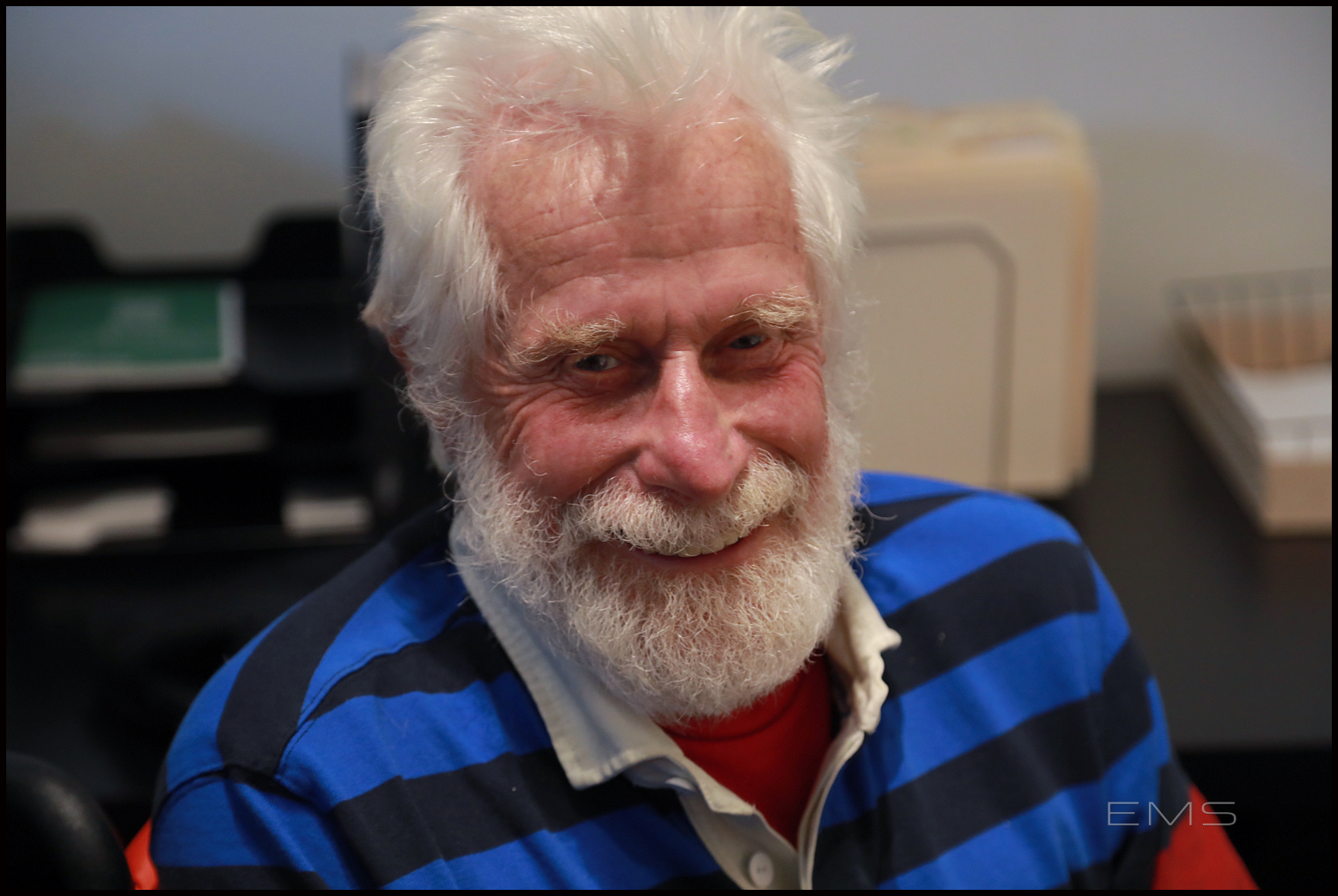
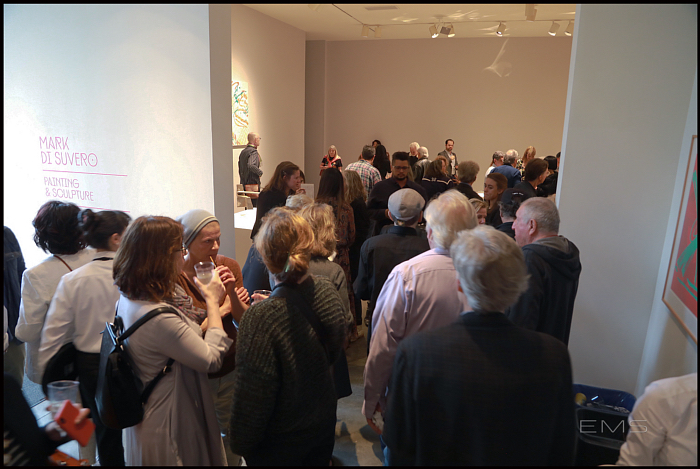
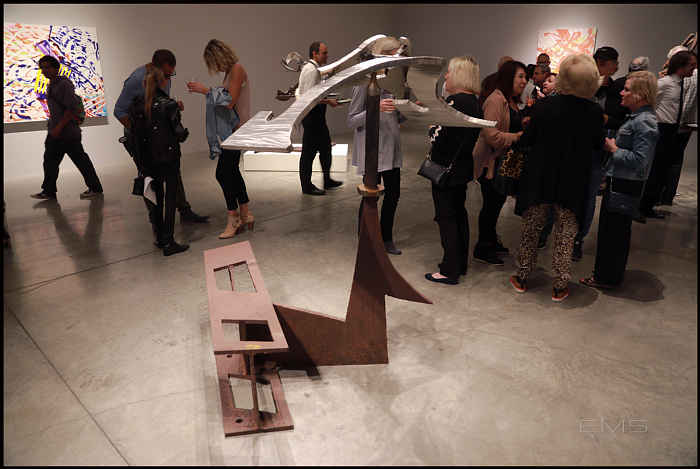
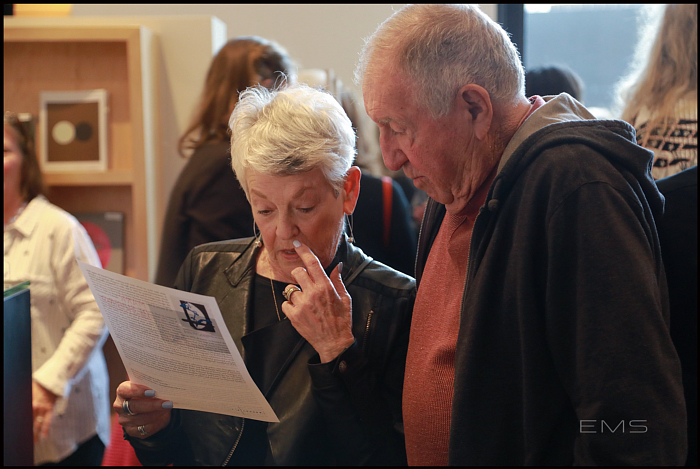
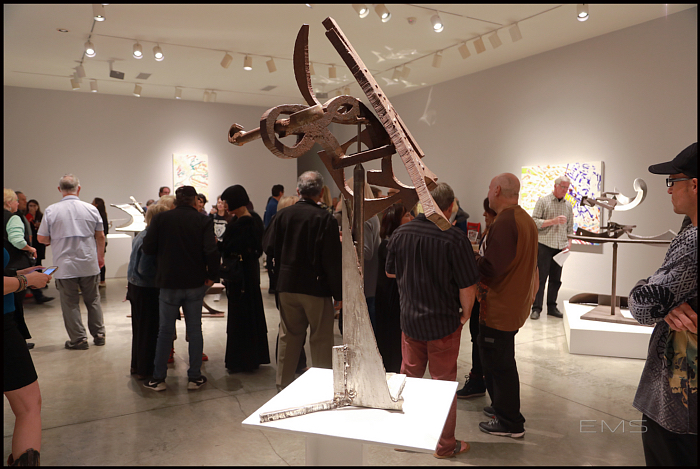
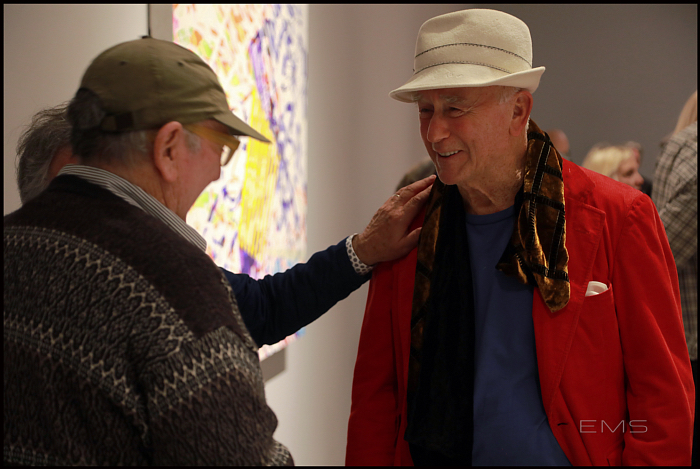

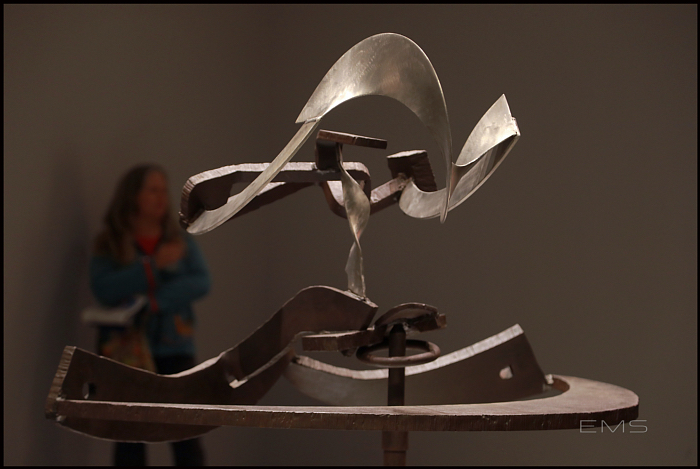


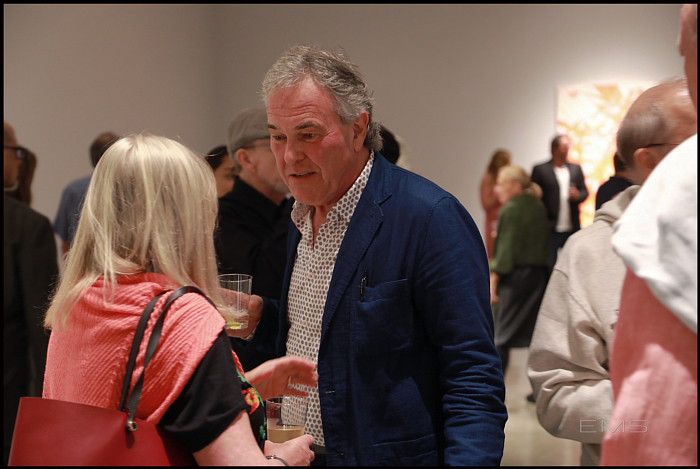
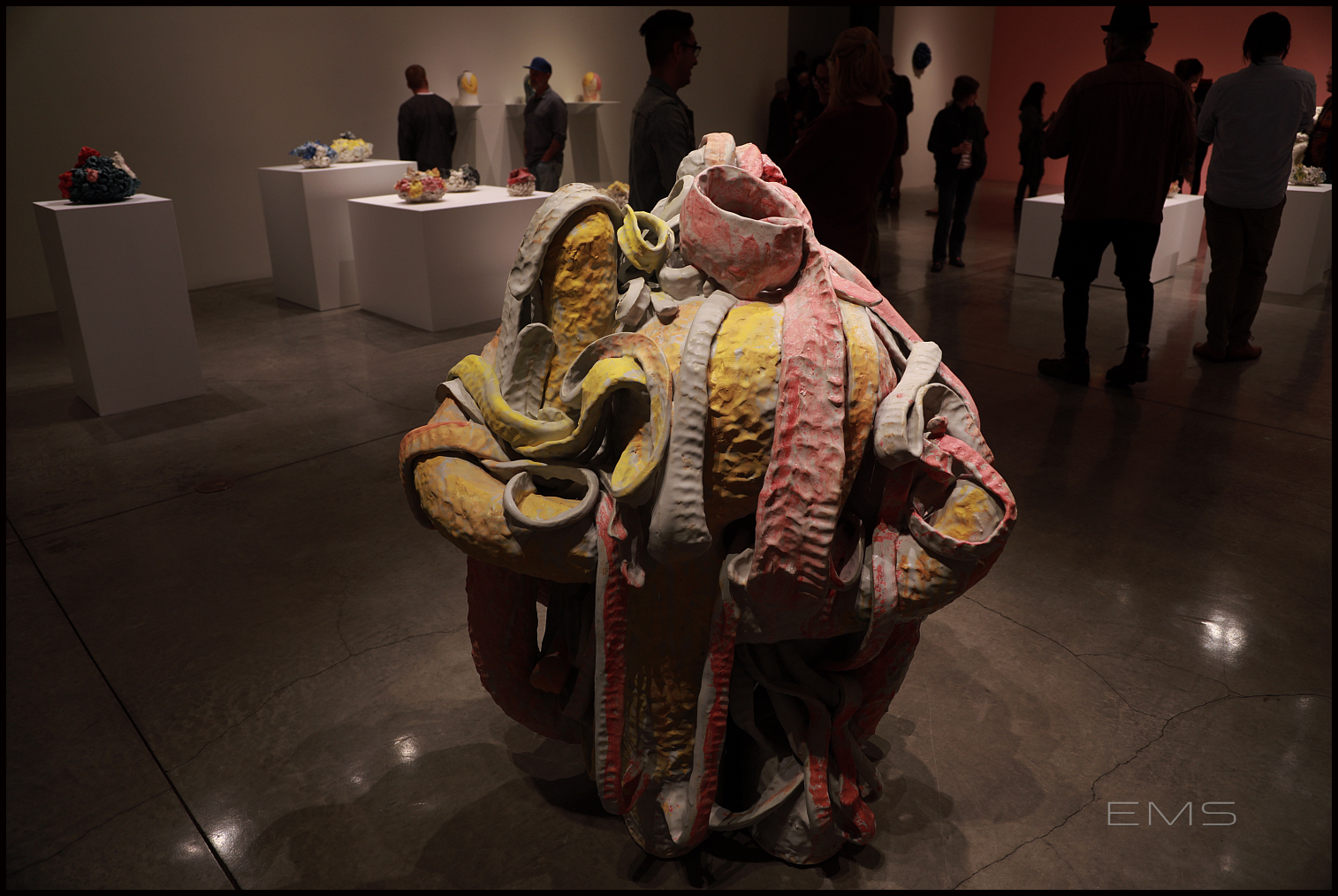
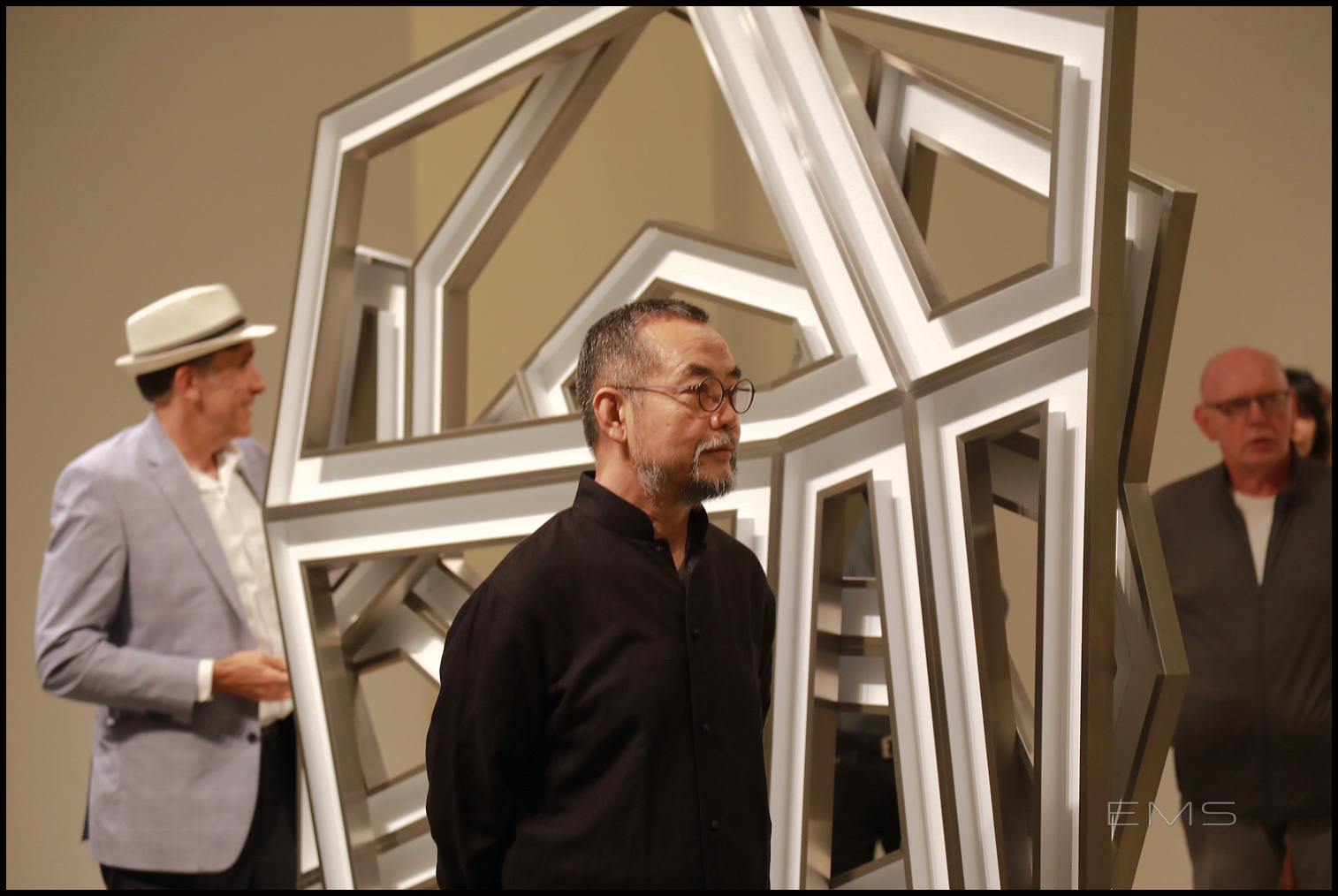
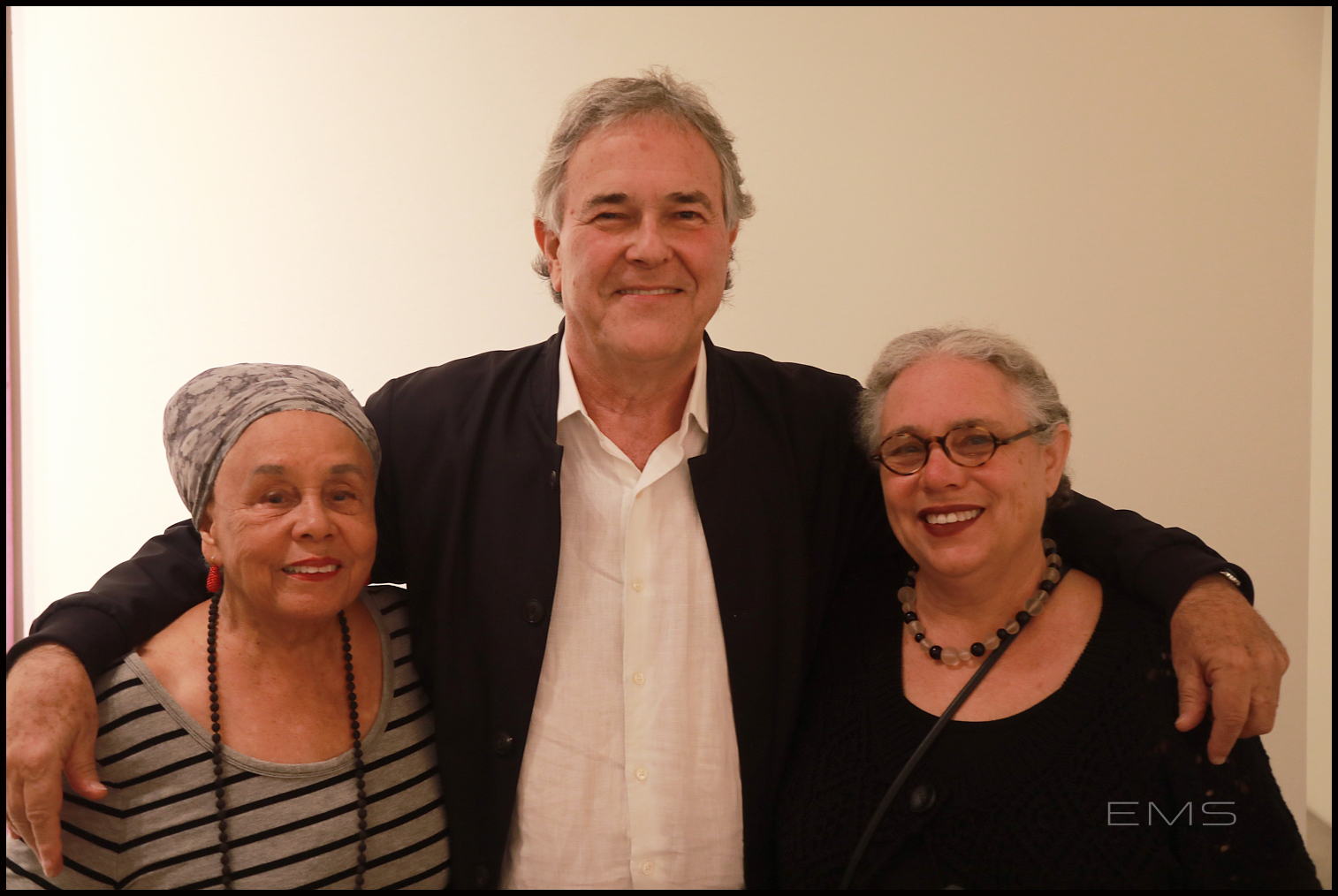
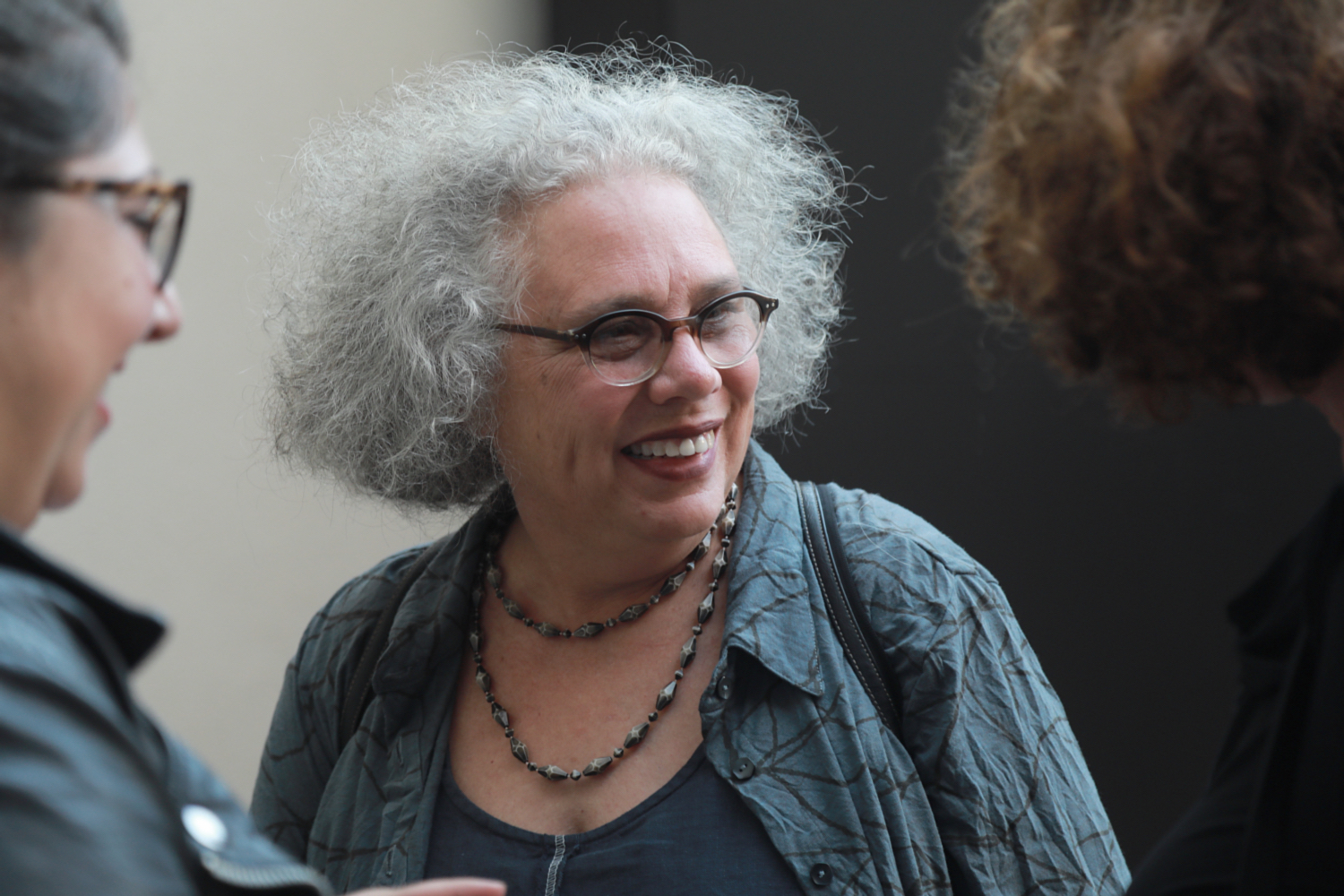
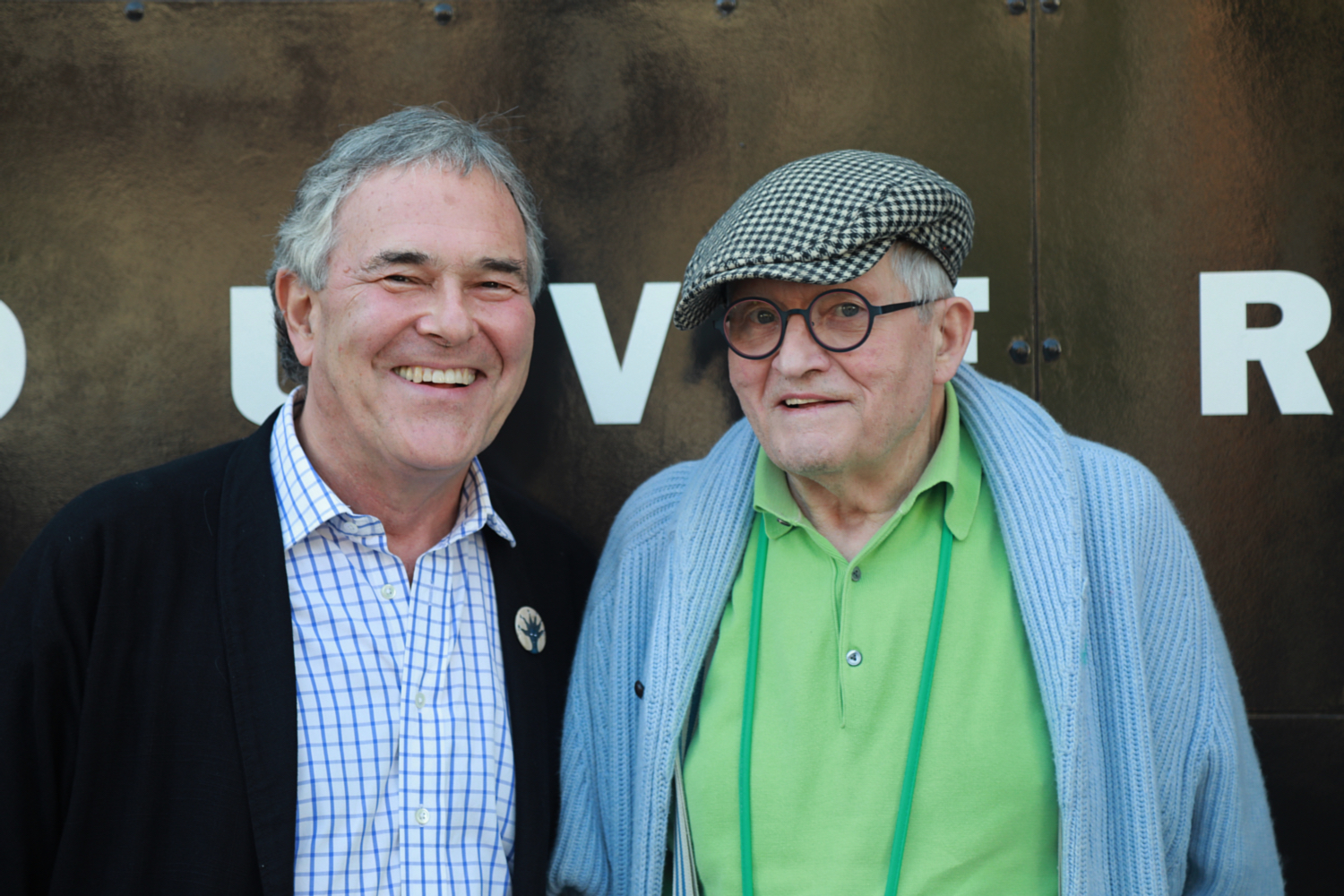

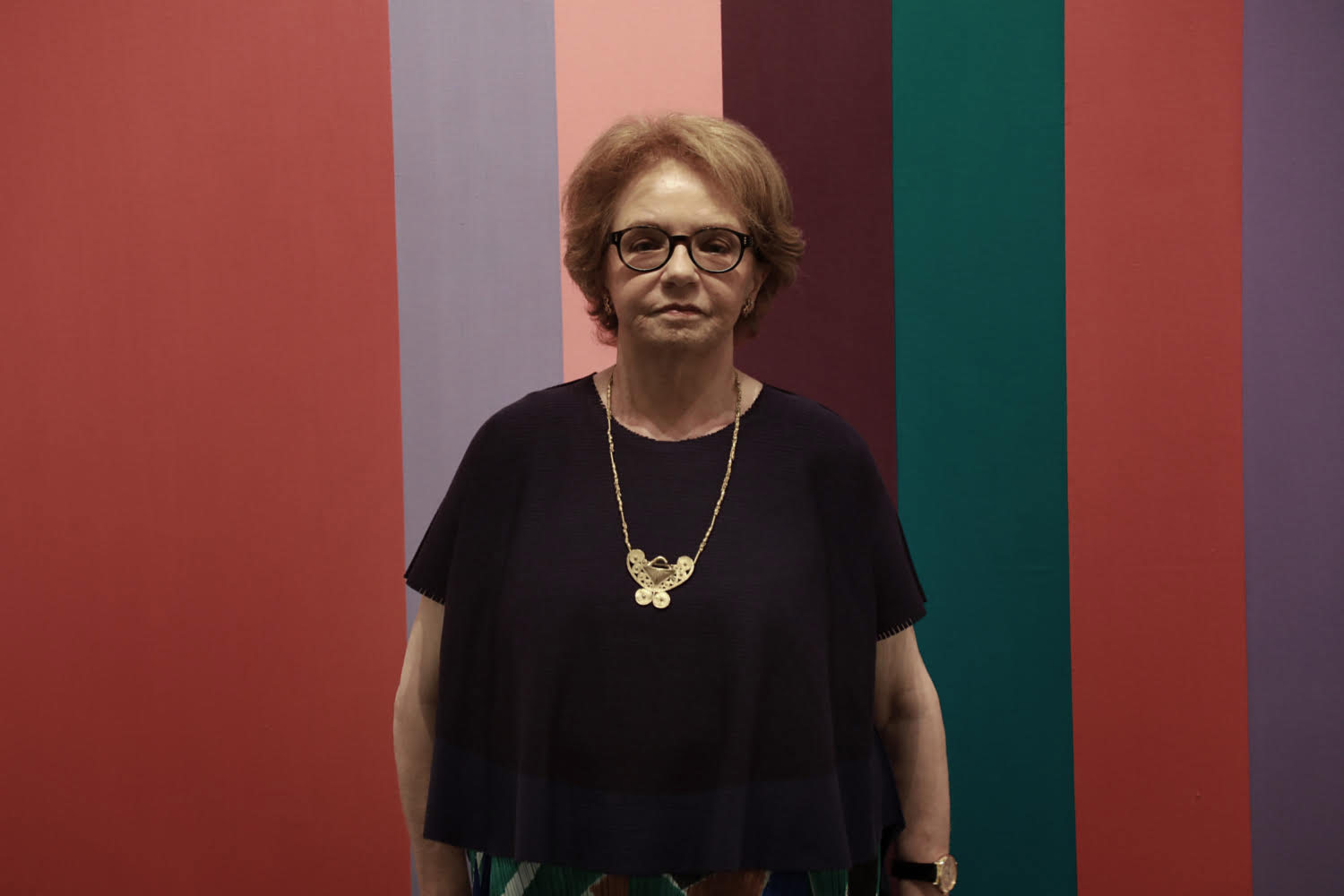
Recent Comments